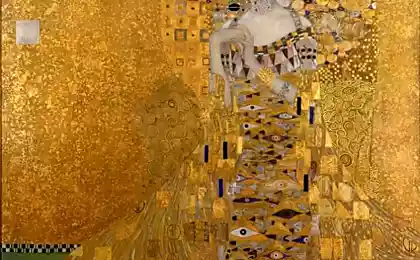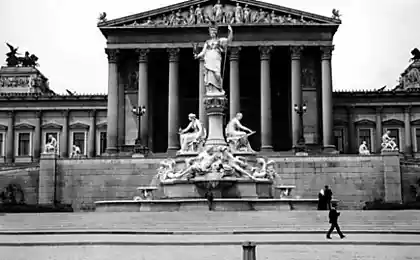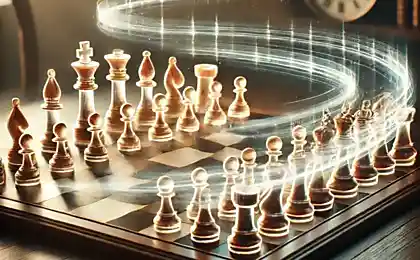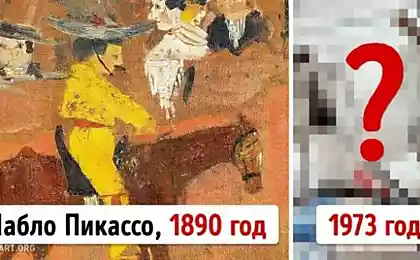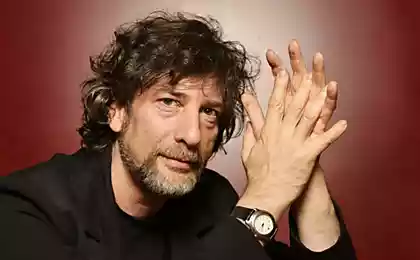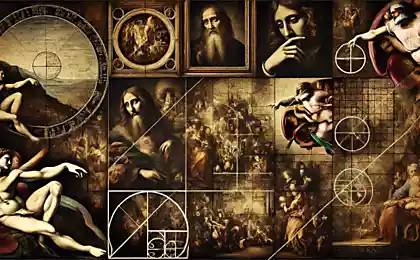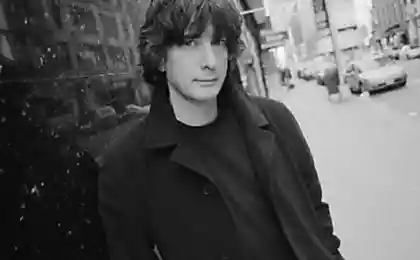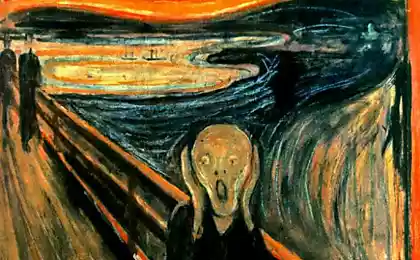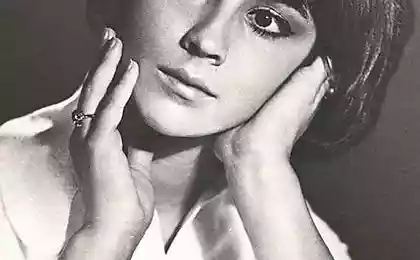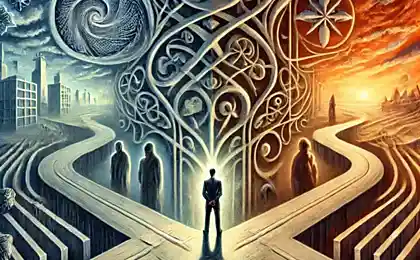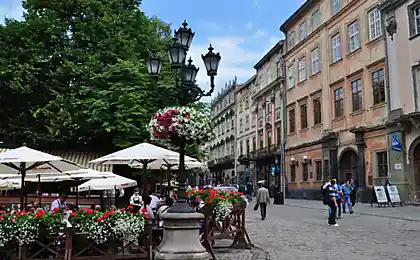321
How to read pictures: hidden symbols in famous masterpieces

From the paintings of Hieronymus Bosch to the works of Gustav Klimt, many pictorial masterpieces “talk” to the viewer in the language of symbols and details that the unprepared eye may not immediately notice. Artists, especially the Renaissance and Art Nouveau era, often put in their works non-obvious meanings that played a key role in understanding the concept. Why are there so many strange creatures in the Garden of Earth Delights? How to interpret decorative elements in Klimt? And finally, how can you learn to “read” pictures, and not just admire their external brilliance?
In this article, we dive into the world of symbolism and explore several famous masterpieces, revealing the hidden details and context that give the paintings depth and mystical charm. The material is aimed at lovers of art and history who want to understand how to understand the works of great masters, avoiding superficial glance. Collected here methods of reading paintings and examples from a number of eminent artists will help you get more fun when visiting museums or studying art online.
Why “reading” pictures is so exciting
Art is not just a visual series, it is a language in which the artist tells a story, broadcasts an ideology or immerses himself in metaphysical reasoning. In an era when books were less accessible and literacy was low, painting often acted as a means of “transmitting messages” that the initiates could understand. Today, we can unravel these messages by immersing ourselves in a cultural and historical context:
- Means of communication: Religious subjects and political allegories were transmitted through images and allegories to convey the idea to the masses.
- Respect for the customer: In "portraits to order" sometimes the artist included signs emphasizing the status or personal characteristics of the patron - the coat of arms, symbols of the profession.
- The author's expression: Some details can be "signatures", hidden personal symbols, referring to the worldview of the artist.

Jerome Bosch: The Garden of Earthly Delights and Fantastic Details
A little about Bosch.
Jerome Bosch (circa 1450–1516) was a Dutch painter famous for his bizarre, almost surrealist paintings. His Garden of Earthly Delights (c.1500) is a triptych often seen as an allegory of temptation, sin, and the afterlife. At first glance, it seems like a chaotic set of characters, mythical beasts and bizarre architectural forms. But on detailed examination, the hidden symbols become visible.
What symbols are you looking for?
- Berries and fruits: Some researchers interpret them as a symbol of carnal pleasures. In medieval iconography, the abundance of berries can be a sign of pleasure, both forbidden and transient.
- Fantastic creatures: Fish, strange hybrids of humans and animals often personify spiritual impurity or vices.
- Glass spheres and architectures: In the late Middle Ages, transparent material was considered the “fragility” of human nature; thus, Bosch’s spheres may hint at the illusory nature of paradise.
Gustav Klimt: "Kiss" and secret references
What is Klimt's uniqueness?
Austrian painter Gustav Klimt (1862–1918) is known for his luxurious ornaments and the use of gold in his paintings. The Kiss (1907-1908) is one of his most recognizable creations, embodying the era of Viennese modernity. However, behind the decorative beauty there is a subtle symbolism associated with the artist’s attitude to love, the female image and the mystical element of gold decoration.

Klimt's hints in "The Kiss"
- Gold and symbols of vegetation: Klimt fills the background with floral motifs, combining the feminine and masculine principles. In this you can see the influence of Byzantine mosaics and Japanese art.
- Position of the figures: A man leans over a female figure - a hint of an action that can be both gentle and overbearing. A woman with her eyes closed seems dissolved in the moment, perhaps symbolizing dedication and immersion.
- Clothes as code: in men geometric shapes (rectangles, squares), in women - smooth, floral motifs. This emphasizes the difference between the masculine / feminine principle and their harmonious combination.
How to learn to see hidden symbols: practical tips
So, how do you approach any painting – be it Renoir, Manet, Dali or a contemporary artist – so as not to miss the secret references and meanings? Here are a few recommendations:
- Explore the context of an era: Find out what time the artist lived, what historical events or trends (religious, philosophical) could influence his work.
- Look at the color scheme: Sometimes color combinations are not accidental, especially in religious paintings of the Middle Ages and the Renaissance, where certain colors were associated with virtues or sins.
- Study the artist's biography: Personal tragedies, hobbies, relationships with customers are often reflected in the picturesque details and choices of plots.
- Look for repetitive images: Many masters have "brand" motifs - an animal, an object, a gesture, which they insert into different paintings, thereby giving meaning.
- Pay attention to the second plan: A background scene, a small object in a corner, or a faint symbol can be key to understanding the entire composition.
- Compare it with other jobs: If the artist loved hidden allegories, then in his various works there will surely be similar solutions - this will allow you to recognize the "author's" codes.
Why it matters and how it increases the enjoyment of art
When we reveal the hidden elements and symbols in a painting, it is as if we participate in a dialogue with the artist, become “researchers” of the creative idea. This not only enriches cultural experience, but also broadens horizons, helps to better understand the history, philosophy, religious ideas of the past.
- Increased emotional connection: Knowing the context, we are more sympathetic to the characters, better at capturing the drama or the irony of what is happening.
- Development of observation: Regular reading of symbols in painting trains the eye and mind to notice details not only in art, but also in the surrounding reality.
- Intellectual training: The search for hidden meanings, the study of biographies, historical contexts – all this develops memory and critical thinking.
Conclusion
How to Read Paintings: Hidden Symbols in Famous Masterpieces is a key to the depth of art. The greatness of the canvases of Bosch, Klimt, or any other genius is not only in their technical prowess, but also in their ability to encode ideas and emotions in seemingly random details. The discovery of these codes fills the viewing of paintings with new interest and helps to feel that the artist appeals to us through the centuries, offering to solve his mystery.
In order to appreciate a work of art, don’t be afraid to ask the questions: “Why are these colors chosen?”, “Why is this object depicted?”, “What cultural or religious connotations may have influenced the composition?” Use the historical context, the biography of the author, the symbolic traditions of the era. Develop observation – and masterpieces will become for you not just beautiful pictures, but fascinating “detectives”, full of encrypted meanings.
After all, art is a language. And the better we master the "grammar" of hidden symbols, the deeper and more interesting will be our journey through the galleries of the world, from classical antiquity to modernity. And most importantly, we will be able to convey this interest and unravel the “secret” messages that creators are trying to share with humanity.
The Psychology of Happiness: How to Be Happy Every Day
How Music Affects Productivity: From Mozart to Techno

